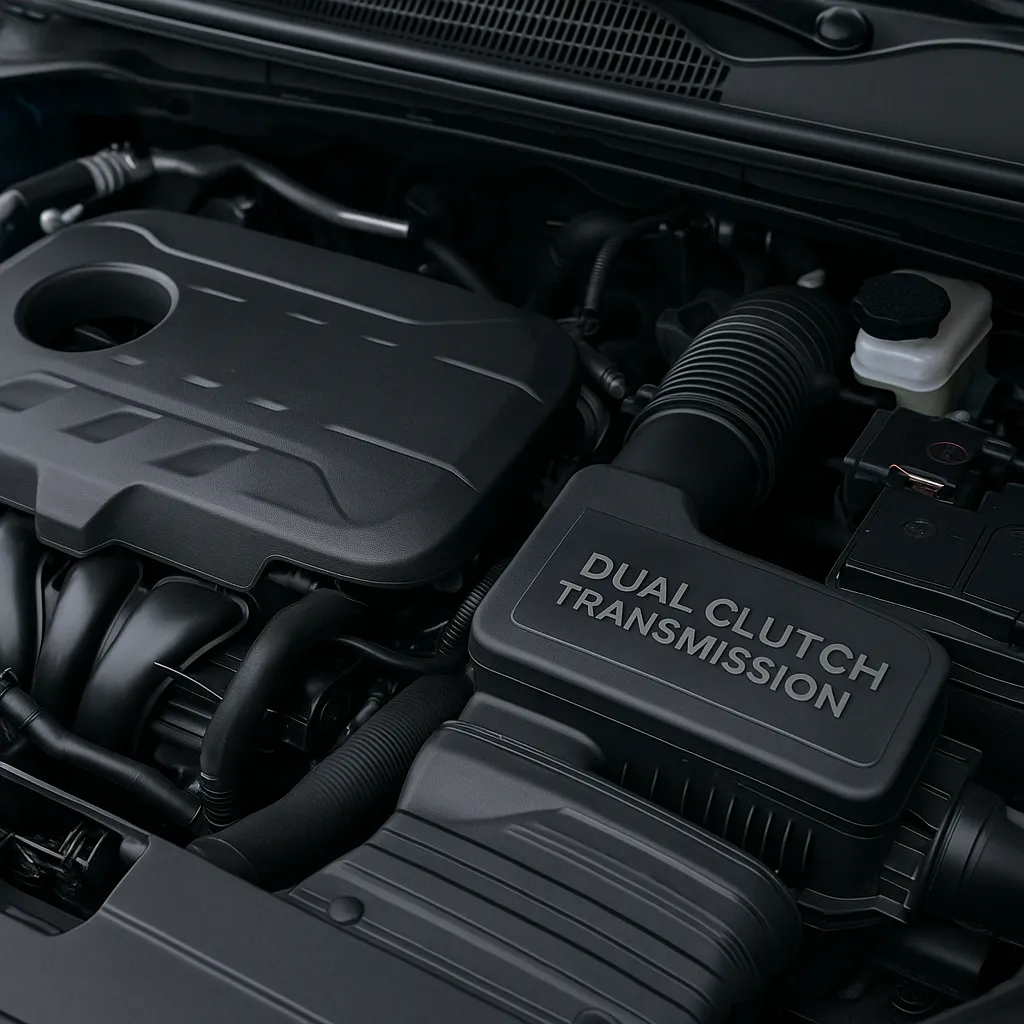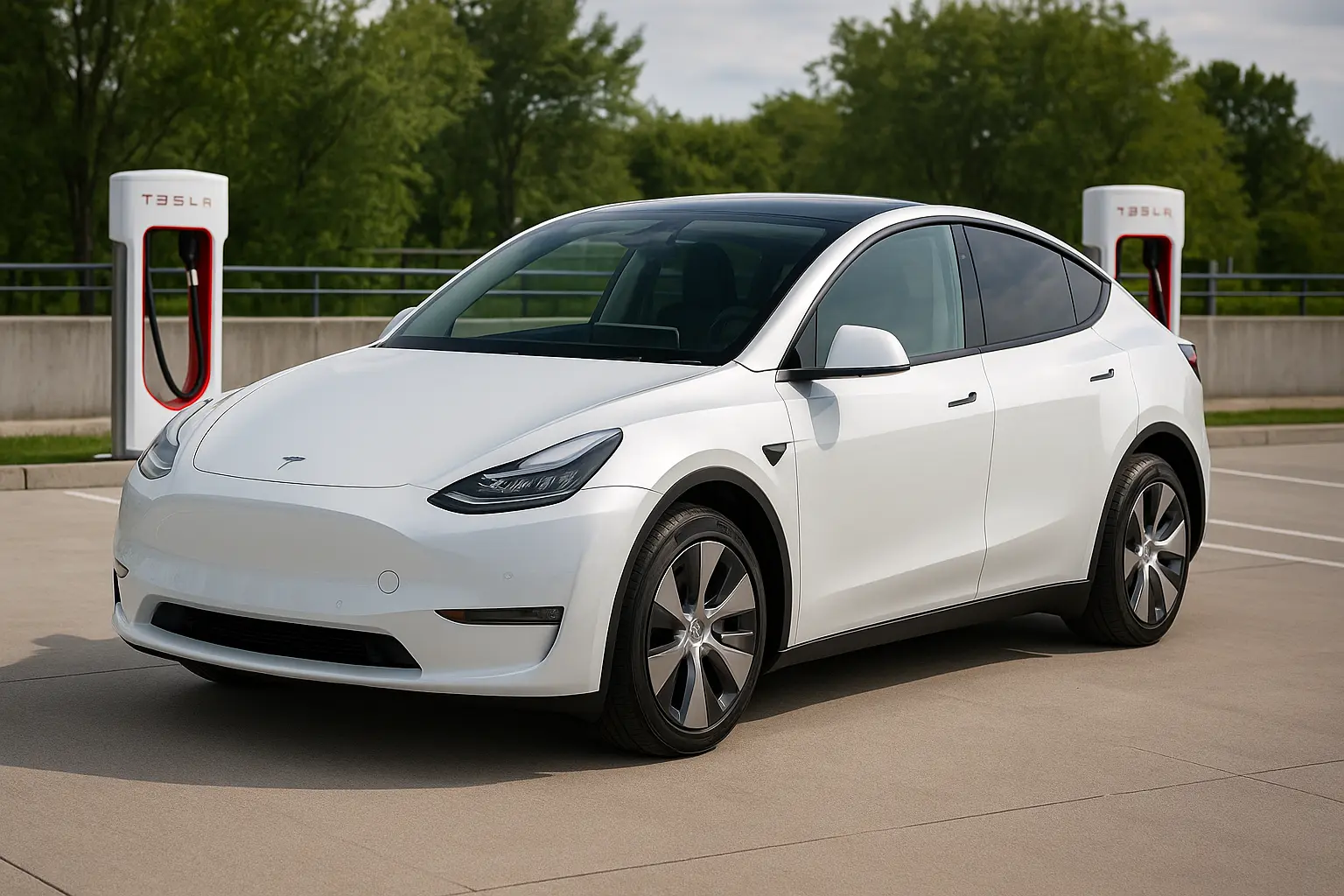As cars evolve with smarter engines, hybrid tech, and advanced electronics, the transmission systems also keep getting better. In Australia’s 2025 car market, two automatic transmission types dominate the conversation: CVT (Continuously Variable Transmission) and DCT (Dual-Clutch Transmission).
Both systems aim to deliver smooth power delivery and enhanced fuel efficiency, but they serve different purposes and driving styles. Whether you're buying a new car, upgrading, or just curious about the tech under the bonnet, this deep-dive comparison will clear the fog.

What Is a CVT? Understanding Continuously Variable Transmission
A CVT doesn’t use traditional gear ratios. Instead, it uses pulleys and a steel belt or chain to provide seamless gear transitions. There’s no “shifting” in the traditional sense – the CVT adjusts continuously to keep the engine in its most efficient RPM range.
Pros of CVT:
- Smooth and Seamless Acceleration
- Better Fuel Economy – especially in stop-and-go traffic
- Fewer Moving Parts – potentially lower mechanical failure risk
- Lighter Weight – contributes to improved efficiency
- Common in Hybrids – like Toyota Corolla Cross and Prius
Cons of CVT:
- Less Engaging for Enthusiasts – no gear ‘feel’
- Potential Overheating in Heavy Loads
- Higher Repair Costs if Something Goes Wrong
- “Rubber Band” Feel – engine revs may not match acceleration
What Is a DCT? Understanding Dual-Clutch Transmission
A DCT works like a manual transmission controlled by a computer. It uses two clutches – one for odd gears and one for even gears – allowing it to pre-select the next gear for near-instant shifts.
Pros of DCT:
- Lightning-Fast Shifts – performance-focused
- Efficient Power Transfer – especially at high speeds
- Great for Enthusiasts – retains a sporty feel
- Used in Premium and Performance Cars – e.g., Hyundai i30 N, VW Golf GTI, Porsche models
Cons of DCT:
- Can Be Jerky at Low Speeds – especially in traffic
- Complex Maintenance – more components, higher service costs
- Expensive Repairs – especially if one clutch fails
- Not Ideal for Towing or Frequent Stop-Go Use
How They Work – A Technical Breakdown
CVT Mechanism:
- Pulley-based system
- Steel belt adjusts between pulleys for infinite gear ratios
- No clutch plates
- Simpler in mechanical design
DCT Mechanism:
- Two clutches working simultaneously
- One clutch handles even gears, the other odd
- Computer-controlled electro-hydraulic operation
- Often uses dry or wet clutch setups
Performance Showdown: CVT vs DCT
Acceleration:
- DCT Wins. Dual-clutch delivers near-instant shifts with no torque loss. CVTs can feel sluggish under heavy throttle.
Responsiveness:
- DCT Wins. Immediate downshifts and upshifts make it ideal for spirited driving.
Urban Driving:
- CVT Wins. Smoother in stop-start traffic, fewer jerks, more predictable.
Towing:
- Neither Perfect, but DCT (with wet clutch) fares better. CVTs can overheat when towing large loads.
Fuel Efficiency – Which One Saves More Petrol?
CVT Advantage:
CVTs are tuned to maximise fuel efficiency. Many hybrid vehicles, such as the Toyota Camry Hybrid and Subaru Crosstrek Hybrid, rely on CVTs for optimal fuel economy. They're also lighter, helping fuel savings.
Real-World Examples (2025 Models):
| Model | Transmission | Fuel Efficiency (Combined) |
|---|---|---|
| 2025 Toyota Corolla Hybrid | CVT | 3.9L/100km |
| 2025 Subaru XV | CVT | 6.5L/100km |
| 2025 Hyundai i30 N | DCT | 8.5L/100km |
| 2025 VW Golf GTI | DCT | 7.8L/100km |
So, if fuel economy is your top concern, especially for city driving, CVT wins.
Driving Feel & Comfort
CVT:
- Linear acceleration
- Excellent for commuting, relaxed driving
- No gear hunting
DCT:
- Crisp gear changes
- More connected and engaging drive
- Not ideal in slow traffic (can jerk or stall)
Reliability & Maintenance in 2025
CVT Reliability:
- Improved over earlier generations
- Still suffers from belt slippage or overheating under stress
- Toyota and Honda CVTs are more reliable than others
DCT Reliability:
- Wet-clutch DCTs (used in premium vehicles) are more durable
- Dry-clutch variants can wear fast if driven poorly
- Ford’s older DCTs (like the PowerShift) had notable failures
Maintenance Costs (Estimated):
| Service | CVT | DCT |
|---|---|---|
| Fluid Change (every 60,000–100,000km) | $250–$500 | $350–$700 |
| Minor Repair | $400–$900 | $800–$1,500 |
| Full Replacement | $3,500–$6,000 | $5,000–$9,000 |
Which Cars Use CVT and DCT in 2025?
Popular CVT Models:
- Toyota RAV4 Hybrid
- Honda HR-V
- Subaru Outback
- Nissan X-Trail
- Toyota Yaris Cross
Popular DCT Models:
- Hyundai i30 N
- Volkswagen Golf R
- Audi A3
- Kia Cerato GT
- Mercedes-Benz A-Class
Which One Should You Choose?
Choose CVT If You:
- Drive mostly in the city
- Value fuel efficiency
- Prefer smoother, low-effort driving
- Want lower upfront costs
Choose DCT If You:
- Want sportier, performance-oriented feel
- Drive longer distances at higher speeds
- Prefer sharper throttle response
- Are willing to pay more for service
Expert Opinions from Australia’s 2025 Market
“For most urban Australian drivers, CVT makes a lot of sense. But if you enjoy a twisty road or highway runs, DCT gives more smiles per litre.”
— Drive.com.au Transmission Review Team
“Hybrid cars rely on CVTs for a reason — they deliver consistent performance and great economy. But when it comes to spirited driving, nothing beats a well-tuned DCT.”
— CarsGuide Technology Comparison 2025
CVT vs DCT – At a Glance (2025 Summary Table)
| Feature | CVT | DCT |
|---|---|---|
| Smoothness | ✅✅✅✅ | ✅✅ |
| Fuel Efficiency | ✅✅✅✅ | ✅✅✅ |
| Acceleration | ✅✅ | ✅✅✅✅✅ |
| Maintenance Cost | ✅✅✅ | ✅✅ |
| Reliability | ✅✅✅ | ✅✅ |
| Driving Fun | ✅✅ | ✅✅✅✅✅ |
| Towing | ✅ | ✅✅✅ |
2025 Trends: Future of Transmissions
The automotive world is shifting fast. Here's what we see in the near future:
Hybrid Domination = More CVTs
- Nearly all affordable hybrids in Australia use e-CVTs
- Brands like Toyota and Subaru are doubling down
Performance EVs = DCT-like Experience
- Some electric cars simulate DCT-like feel via software
- Porsche Taycan and Audi RS e-tron GT offer near-instant torque shifts
Software-Controlled CVTs and DCTs
- AI-based shifting logic improving every year
- Adaptive learning based on your driving patterns
Conclusion: CVT vs DCT – The Final Verdict
There is no universal winner. The right transmission depends on your needs.
If you're an urban commuter, fuel-efficiency conscious, or prefer ease of use, go for a CVT.
If you're an enthusiast, love spirited driving, or crave lightning-fast shifts, a DCT is your weapon of choice.
Both systems have come a long way in 2025. Your pick should align with your lifestyle, not just the spec sheet.
Leave a comment
Your email address will not be published. Required fields are marked *




















